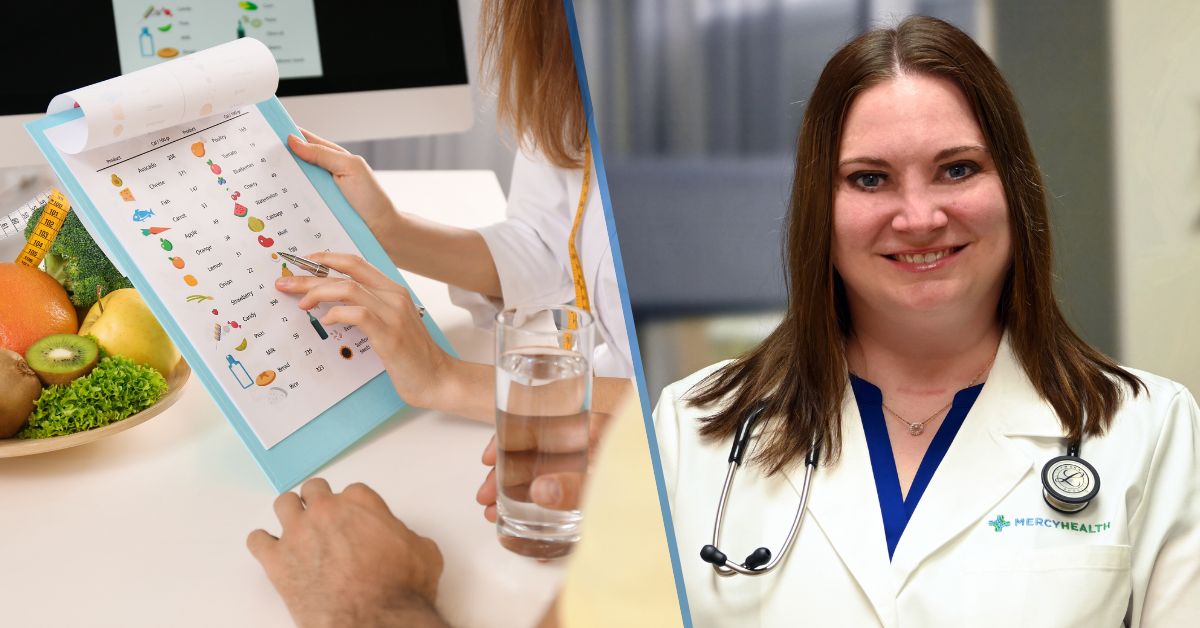When you’re feeling congested, run down and constantly reaching for tissues, you may not care whether you have a cold or sinus infection – you just want to feel better. While these two conditions share a lot of the same symptoms, knowing the difference can help you get the right treatment.
Once you understand the key differences between a cold or sinus infection, you’ll have a better idea of when to treat symptoms at home and when to call your doctor.
If you need to be seen by a provider, make an appointment with your primary care provider. However, if you need to be seen outside business hours, go to your nearest urgent care.
What is a cold?
The common cold is a viral infection that affects your upper respiratory tract, mainly the nose and throat. According to the Centers for Disease Control and Prevention (CDC), most adults get two to three colds per year, usually caused by viruses like rhinovirus.
Common cold symptoms include:
- Runny or stuffy nose
- Sneezing
- Sore throat
- Cough
- Mild headache or fatigue
- Low-grade fever (occasionally)
Colds typically develop gradually and peak within a few days. However, most colds go away on their own in seven to 10 days, and you can usually manage symptoms with rest, fluids and over-the-counter medications.
What is a sinus infection?
A sinus infection, or sinusitis, happens when your sinuses – air-filled pockets behind your forehead, cheeks and eyes – become inflamed and swollen. This can trap mucus and create a breeding ground for germs.
Sinus infections can be viral, bacterial or fungal, but most start from a cold that doesn’t fully clear up. Acute sinusitis lasts less than four weeks, while chronic sinusitis can linger for more than 12 weeks.
Common sinus infection symptoms include:
- Thick yellow or green nasal discharge
- Facial pain or pressure (especially around the cheeks or eyes)
- Nasal congestion
- Decreased sense of smell or taste
- Headache
- Bad breath
- Postnasal drip (mucus dripping down your throat)
- Fatigue or low-grade fever
One clue that it might be a sinus infection instead of a cold is symptoms that last more than 10 days without improving, or symptoms that seem to get better but then come back worse.
Cold or sinus infection? Key differences
Because sinus infections often start with a cold, the symptoms can be similar. But here are a few ways to tell them apart:
| Symptom | Cold | Sinus Infection |
| Nasal discharge | Clear or watery | Thick, yellow or green |
| Facial pain | Rare | Common |
| Fever | Rare in adults | Possible |
| Duration | Seven to 10 days | More than 10 days or worsens |
| Bad breath | Rare | Common |
| Tooth pain | No | Possible (especially upper teeth) |
If your symptoms improve each day, you probably have a cold. If they plateau or worsen after a week, it could be a sinus infection.
When to see a doctor
Most colds and mild sinus infections can be managed at home. But you should see your primary care provider if:
- Your symptoms last more than 10 days without improvement
- You have a high fever (above 101°F)
- You experience facial swelling, vision changes or severe headache
- Your symptoms get worse after initially feeling better
- You have frequent or chronic sinus infections
A doctor can help determine whether you have a bacterial sinus infection that might require antibiotics or a viral infection that will clear up with supportive care.
At-home relief tips
Whether you have a cold or sinus infection, symptom relief is often similar:
- Stay hydrated: Drinking plenty of fluids helps thin mucus
- Use a saline nasal spray: Helps flush out the sinuses
- Try a humidifier: Moist air can ease congestion
- Apply warm compresses: This is especially helpful for facial pain or pressure
- Rest: Your body needs it to recover
- Use OTC medications: Decongestants, pain relievers like ibuprofen or acetaminophen or antihistamines can ease symptoms (always read labels carefully and consult your doctor if unsure)
How we can help
It can be tough to tell whether you’re dealing with a cold or sinus infection, especially early on. If symptoms are mild and short-lived, it’s likely a cold. But if facial pain, thick mucus or symptoms that last more than 10 days develop, you might be dealing with sinusitis.
If you’re unsure, don’t hesitate to make an appointment with your primary care provider. Getting the right diagnosis can help you feel better and breathe easier sooner.
Learn about the primary care as well as urgent care services we offer at Mercy Health.






